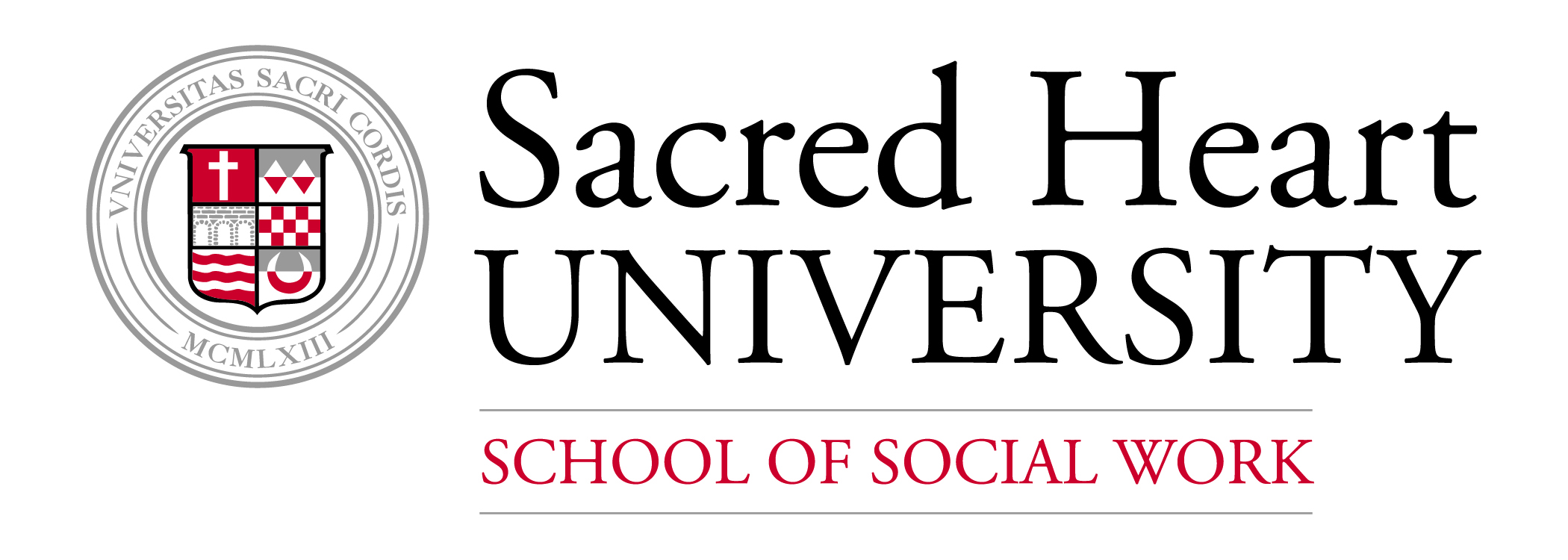Contrasting Case Instruction Can Improve Self-assessment of Writing
Document Type
Peer-Reviewed Article
Publication Date
8-2015
Abstract
Self-assessment is a process during which students evaluate the quality of their work in a given domain based on explicitly stated criteria. Accurate self-assessments improve students' academic achievement. Yet, students often have difficulties assessing their own work. It is possible that appropriate instructional supports will help students overcome these difficulties. To test this premise, we compared the effects of presenting and discussing examples of well and poorly written stories (contrasting cases) with the effects of only presenting and discussing examples of well written stories (good cases only) on students' writing. Fifty-three 6th-grade students in two history classrooms were randomly assigned to either the contrasting cases or good-cases-only instructional conditions. Results showed that students in the contrasting cases instructional condition created stories of better quality, developed a deeper understanding of the assessment criteria, and became better able to identify areas in need of improvement. This study is one of few efforts applying perceptual learning theories to improve academic skills in everyday classroom settings. The use of contrasting cases provides a promising yet a simple instructional approach that both teachers and students can use to improve writing and self-assessment.
DOI
10.1007/s1142
Recommended Citation
Lin-Siegler, X., Shaenfield, D., & Elder, A. (2015). Contrasting case instruction can improve self-assessment of writing. Educational Technology Research and Development, 63(4), 517-537. doi: 10.1007/s1142


